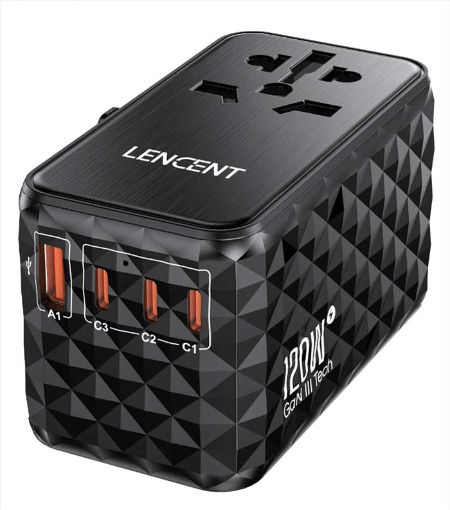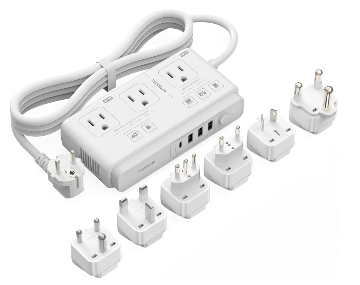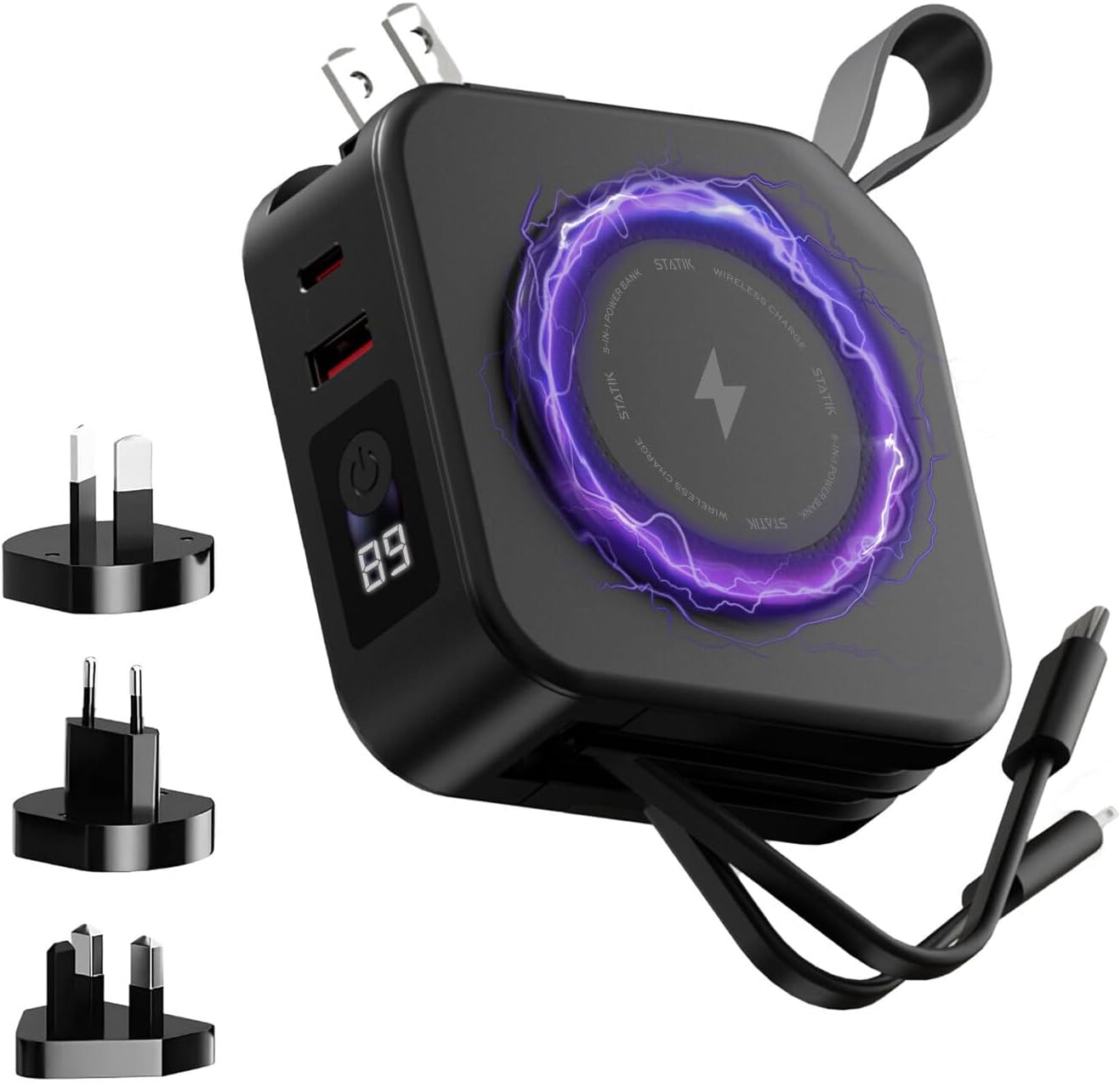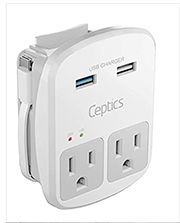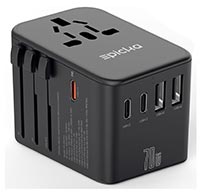Plug Sockets in New Zealand - An Essential Guide for Travelers
Key Takeaways
| Feature | Description |
|---|---|
| Type of Plug | Type I |
| Voltage | 230 V |
| Frequency | 50 Hz |
| Compatibility | Devices from countries using Type I plugs are compatible; otherwise, a power adapter is needed |
| Additional Tools | Power adapter, voltage converter (if devices are not dual voltage), power bank |
Traveling to New Zealand offers an exciting adventure filled with stunning landscapes and rich culture. However, to ensure your electronic devices remain charged and functional, it's essential to understand the local electrical infrastructure. This guide provides key information about the types of plug sockets, voltage, and frequency used in New Zealand, helping you prepare effectively for your trip.
Types of Plug Sockets in New Zealand
In New Zealand, the standard power plug used is the Type I plug.
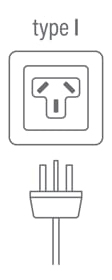
- Type I: This plug has three flat pins, two angled and one straight (earthing pin). It is commonly used in countries such as Australia and China.
If you are in a rush then Amazon has fast delivery times:
🇺🇸 Amazon Travel Adaptors USA - All adaptors
🇬🇧 Amazon Travel Adapters UK- All adaptors
🇨🇦 Amazon Travel Adaptors Canada- All adaptors
Voltage and Frequency
New Zealand operates on a standard voltage of 230 V and a frequency of 50 Hz. This is compatible with many countries, including most of Europe and Asia. However, travelers from countries with different voltage standards, such as the United States (110 V), should check their devices for compatibility.
Do You Need a Power Adapter?
If your devices use a different plug type, you will need a power adapter to connect to New Zealand sockets. For example, travelers from the United States or Canada, which use Type A and B plugs, will need an adapter for Type I sockets.
Voltage Converters and Dual Voltage Devices
Most modern electronic devices such as laptops, smartphones, and cameras are designed to handle a wide range of voltages (typically 100-240V). However, always check the label on your device to confirm. If your device is not dual voltage, you will need a voltage converter to use it safely in New Zealand.
Additional Tips
- Check Your Devices: Ensure your devices are compatible with New Zealand's 230 V voltage. Devices such as laptops, smartphones, and cameras often have built-in voltage converters, but double-checking is always a good idea.
- Carry a Power Bank: For those times when you are on the go and can't find a power outlet, a power bank can be a lifesaver. This is especially useful for charging your phone or other small devices.
- Use an Extension Lead: If you have multiple devices to charge, consider bringing an extension lead with multiple outlets. This can help you avoid overloading a single socket with too many adapters.
Visualization
Here's a visual summary of the New Zealand Plug Sockets Data 2024:
Understanding the electrical standards in New Zealand and preparing accordingly will ensure a smooth and hassle-free travel experience. Enjoy your journey to this fascinating country!
Travel Author

Calvin has been visiting Greece for many years and loved buying beers with Drachma and has a good amount of local knowledge of the island.
He hates leaving after any trip and has to console himself by writing and sharing articles and photos on it. You can find and connect with him on linked in here.
Likes
Travel, Gaming, Scuba Diving, Skiing and anything to do with water.
Dislikes
People who don't care, politicians doing nothing and needless competitivness- oh yes and being tired in an airport.

